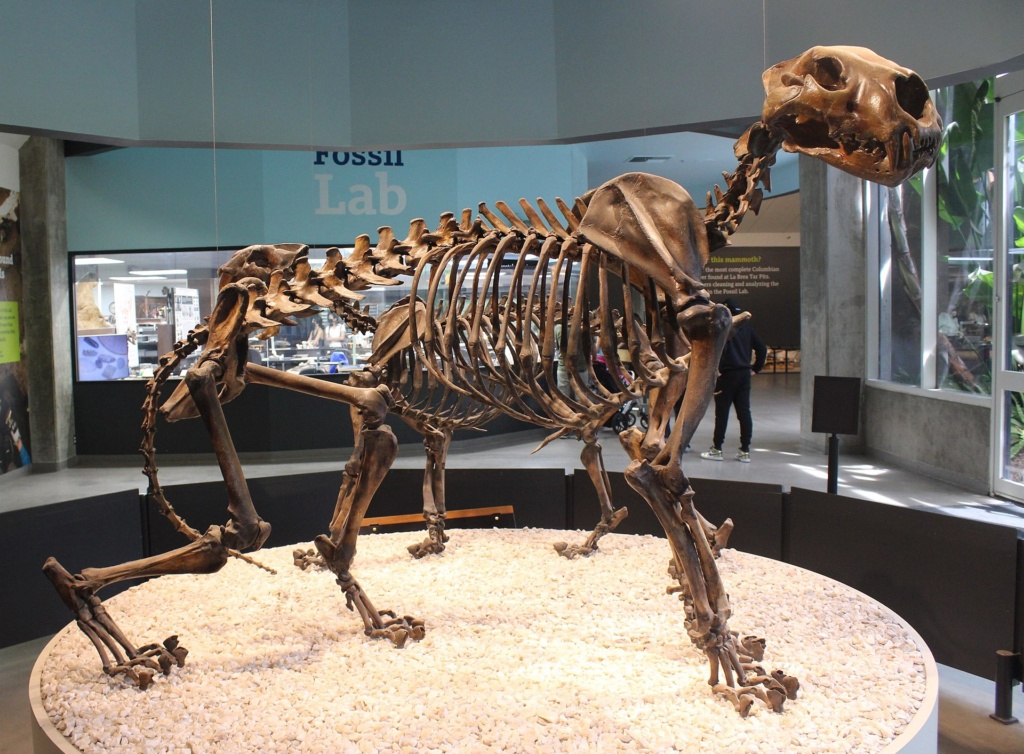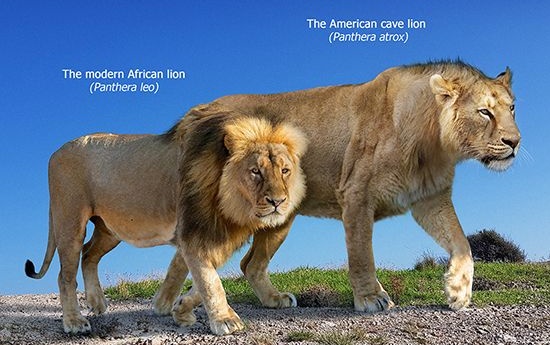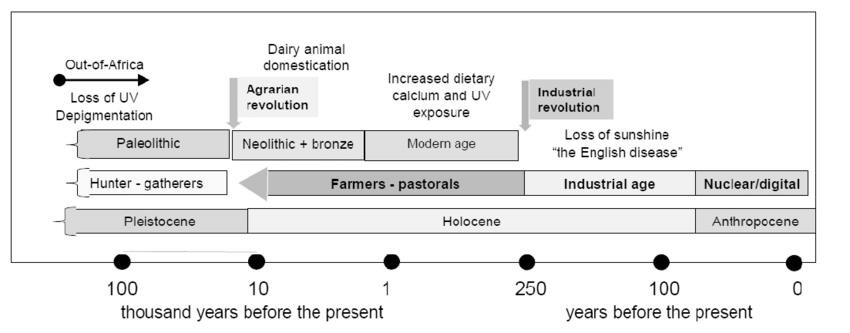 Welcome to the heart of Turpentine Creek Wildlife Refuge, where we dedicate ourselves to the conservation and celebration of magnificent creatures. Today, we embark on a journey through time to explore the untold stories of the extinct big cats that once roamed the vast landscapes of North America.
Welcome to the heart of Turpentine Creek Wildlife Refuge, where we dedicate ourselves to the conservation and celebration of magnificent creatures. Today, we embark on a journey through time to explore the untold stories of the extinct big cats that once roamed the vast landscapes of North America.
As we stroll through the Refuge, the echoes of ghostly roars fill the air, reminding us of the powerful and awe-inspiring predators that once ruled these lands. While our sanctuary is home to a diverse array of living big cats, it’s crucial to pay homage to their ancestors, the feline giants lost to the sands of time following the Pleistocene era.
1. American Lion (Panthera leo atrox): The Mighty Monarch
Imagine the breathtaking sight of the American lion, Panthera leo atrox, stalking the plains of North America during the Pleistocene era. Towering over its modern relatives, this colossal feline was one of the largest cats ever to roam the continent. With a majestic, flowing mane and a robust build, the American lion reigned as the undisputed monarch of its domain.
Sadly, this formidable species vanished around 11,000 years ago, leaving only fossils and whispers of its existence. The reasons for its extinction remain a subject of scientific inquiry, with factors like climate change and human intervention playing potential roles.

2. Saber-Toothed Cats (Smilodon spp.): Masters of the Ambush
As we venture deeper into the shadows of the past, we encounter the iconic saber-toothed cats, members of the genus Smilodon. With their long, serrated canine teeth, these predators were finely tuned for ambushing and overpowering their prey. Despite their fearsome appearance, saber-toothed cats possessed a grace and agility that allowed them to navigate the dense vegetation of their time.
The last echoes of these enigmatic creatures faded away approximately 10,000 years ago, leaving paleontologists to piece together their mysteries through fossilized remains. While debates persist regarding the exact causes of their extinction, factors such as climate shifts and changing ecosystems likely played pivotal roles.
3. American Cheetah (Miracinonyx spp.): The Sprinter of the Plains
Picture the American cheetah, a sleek and swift feline adapted for high-speed pursuits across the vast grasslands of North America. Despite its name, the American cheetah, belonging to the genus Miracinonyx, is not a true cheetah but shares a common affinity for speed. With long, slender limbs and a slender build, this extinct big cat was a masterful sprinter, chasing down its prey with unparalleled agility.
The American cheetah disappeared around the end of the Pleistocene epoch, leaving behind a legacy of speed and elegance. While the precise reasons for its extinction remain speculative, factors such as changing climates and the decline of suitable prey likely contributed to its demise.

As we reflect on the extinct big cats of North America, let us remember the importance of preserving the habitats and ecosystems that sustain their living counterparts today. Turpentine Creek Wildlife Refuge stands as a testament to our commitment to the conservation of these magnificent creatures, ensuring that future generations can continue to marvel at the wonders of the wild.
Join us in our mission to protect and celebrate the legacy of North America’s big cats, both past and present. Together, we can ensure that the roaring shadows of these majestic felines will forever echo in the corridors of time.

